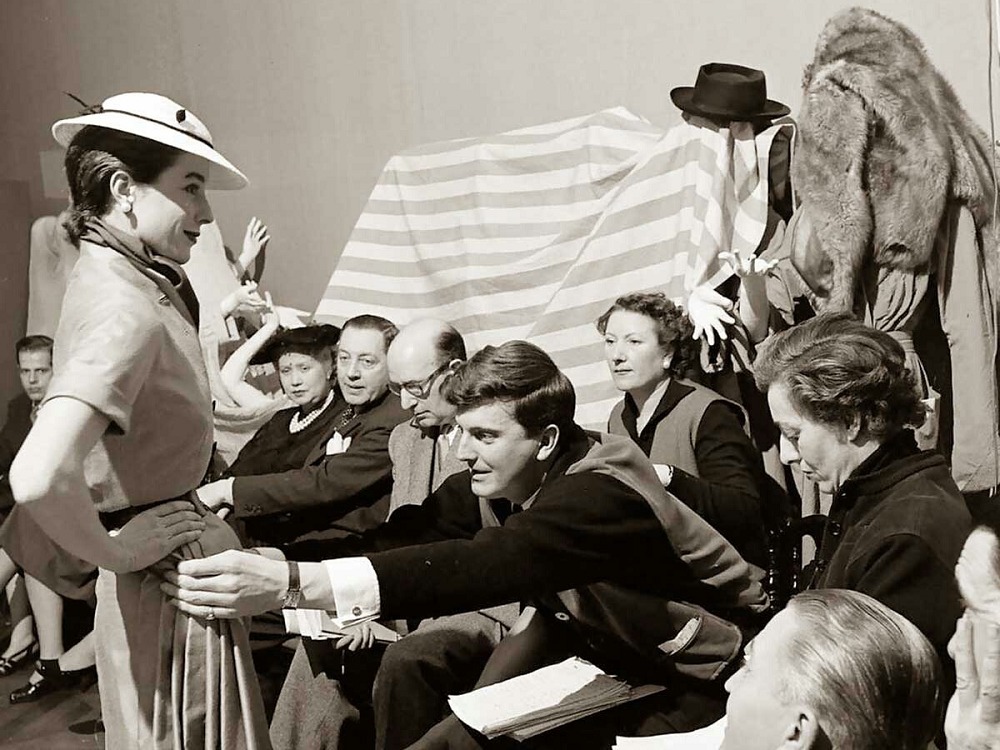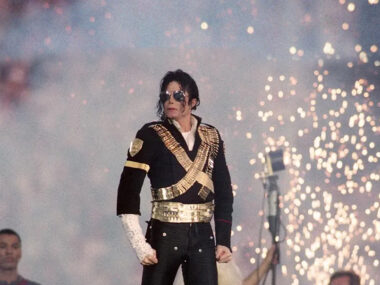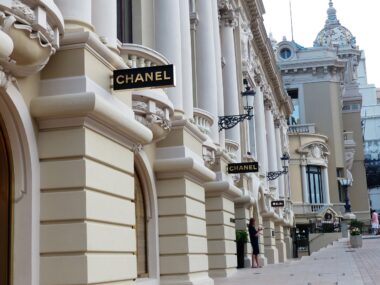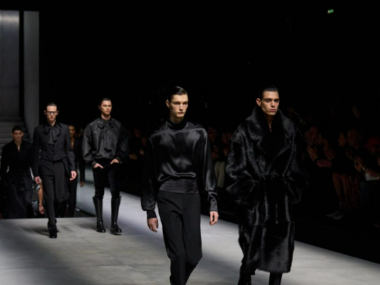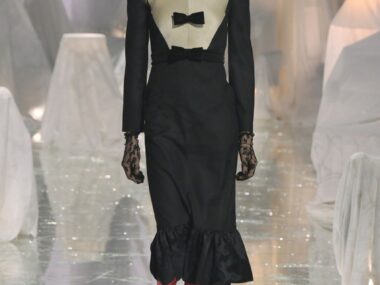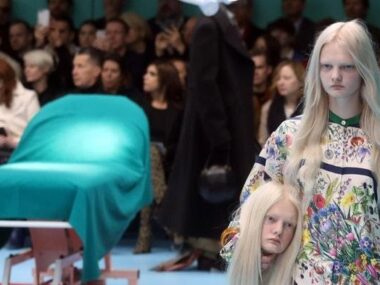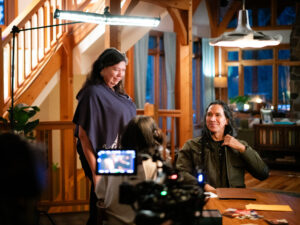I love Audrey Hepburn. I love Breakfast at Tiffany’s. I love Cat. But even more than Tiffany’s, I fell in love with Hepburn’s fashion sense. It was years later that I discovered the man behind her style.
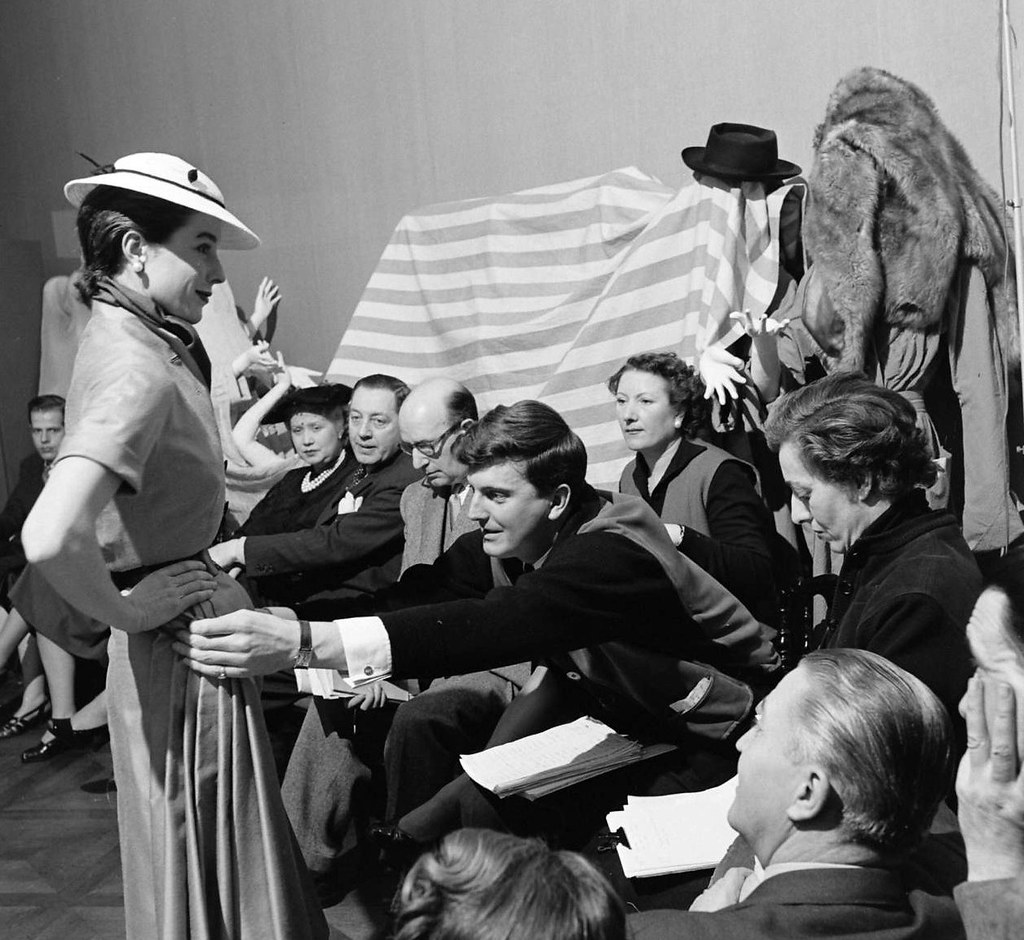
Hubert de Givenchy, one of the most renowned fashion designers of the 20th century recently died at the age of 91 in his Paris chateau in 2018. The House of Givenchy was established in 1952, after which he went on to dress some of the most famous women of the time, including Audrey Hepburn, Grace Kelly and Jackie Kennedy, with his timeless classical dressing style and the memorable “little black dress”.
It is my distinct pleasure to write this in honour of the late fashion legend I have admired since my childhood days.
Hubert James Marcel Taffin de Givenchy, was born in 1927 in the north of Paris.Young Givenchy had interesting conditions for exploring his grandfather’s cloth collection. He had to perform extremely well in school to view the family treasures. Developing an interest in fashion, he became obsessed with the idea of meeting the haute couturier he admired above all, Cristóbal Balenciaga. At the age of 10, he reportedly tried to run away from home to somehow meet his idol. The younger son of the Marquis of Givenchy from the prominent aristocratic family of Taffin de Givenchy, decided to join École des Beaux-Arts in Paris in 1945, convincing his family to give up the idea of him becoming a lawyer, at the mere age of seventeen. Since the early nineteenth century, artistic professions ran through his family. One of his ancestors designed 13 sets for the Elyseé Palace-the official residence for the President of France, while another designed sets for the Paris Opera.
Givenchy initially worked for Jacques Fath in 1945. Subsequently he made designs for Robert Piguet and Lucien Lelong. Elegant, young and well-educated Givenchy soon found jobs in the fashion houses that had risenduring the pandemonium and thrilling buzz of post-war Paris, working alongside the still-unknown and older Pierre Balmain and Christian Dior,
who were on the way to becoming legends themselves. From 1947 to 1951 he worked for the avantgarde designer Elsa Schiaparelli becoming the artistic director of her boutique in Place Vendôme.
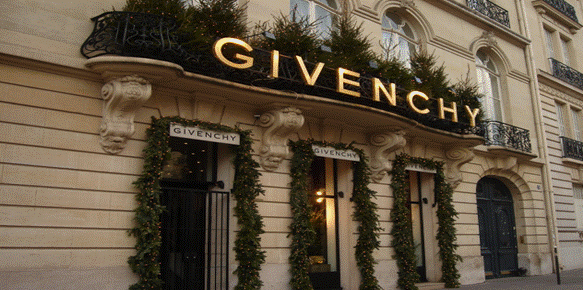
In 1952, he founded the house of Givenchy at the Plaine Monceau in Paris.
In February of that year, he displayed his first collection which featured the “Bettina” blouse with flounced sleeves covered in eyelet embroidery and worn with a neat pencil skirt.
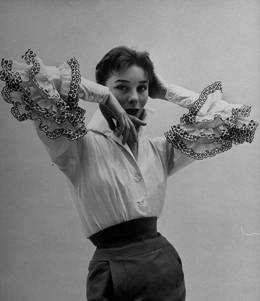
He named it after his one of his early muses, French fashion model Bettina Graziani. The material used was raw cotton generally only used for couture fittings. His style was noted forthe innovation and to a certain extent even provocation, contradicting the mostly conventional approaches by other designers of that period, thereby proving himself as a pure genius in his art. By 25, Givenchy was among those designers who placed Paris firmly at the heart of world fashion post-1950 while creating a sui generis personality for his own fashion label. He had truly redefined the taste of fashion in the wake of World War II.
Givenchy first met Audrey Hepburn during the costume selection of the movie Sabrina in 1953. Having received a call that Hepburn would be visiting him, he had initially assumed that it was the Hollywood star Katharine Hepburn he would be meeting as he had never heard of Audrey.
It was the start of a life-long, faithful collaboration and a deep friendship that he said became “a kind of marriage”. She is quoted as saying of Givenchy that “he is far more than a couturier; he is a creator of personality”. He loaned her several outfits for Sabrina. Around that time, Givenchy finally met his idol, Cristóbal Balenciaga. He later said, “Balenciaga was my religion, and because I am a believer, for me there is Balenciaga and the Lord”.
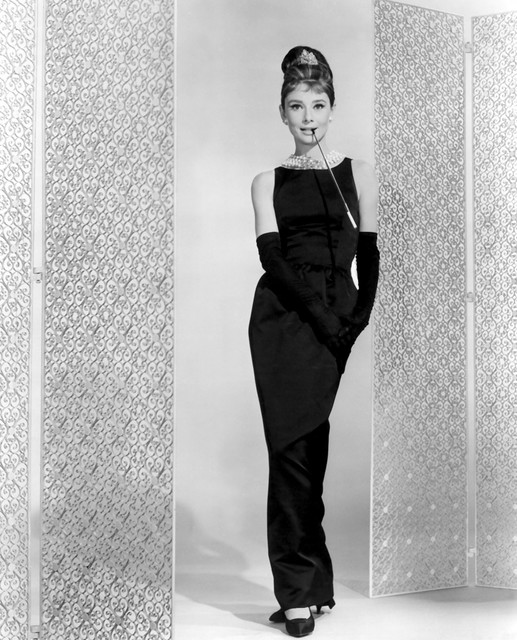
Audrey Hepburn in Breakfast at Tiffany’s Photo: Christina Saint March/ Flickr
After Sabrina, he went on to design the iconic black dress Hepburn wore in the 1961 film Breakfast at Tiffany’s. He said in 2010: “The little black dress is the hardest thing to realise, because you must keep it simple.” Givenchy didn’t invent the dress, but he gave it its permanent stature. The dress represented the wildlifestyle of Holly Golightly with itsglamour, recklessness and fierce defiance. It was Holly Golightly’s dress. She was complicated and enigmatic, confused and captivating.
It’s a dress that has come to be specimen for a certain insouciant blasé-type sophistication. A dress that has been endlessly copied, mimicked and revisited. The dress sold at auction at Christie’s in 2006 for £467,200.
He also developed his first perfume collection for her (L’Interdit and Le de Givenchy). Audrey Hepburn was naturally the face of that fragrance. This was the first time a celebrity was the face of a fragrance’s advertising campaign, and probably the last time that it was done for free, in the name of friendship. Don’t get me started on how much Natalie Portman is paid today as the face of the Dior fragrances!
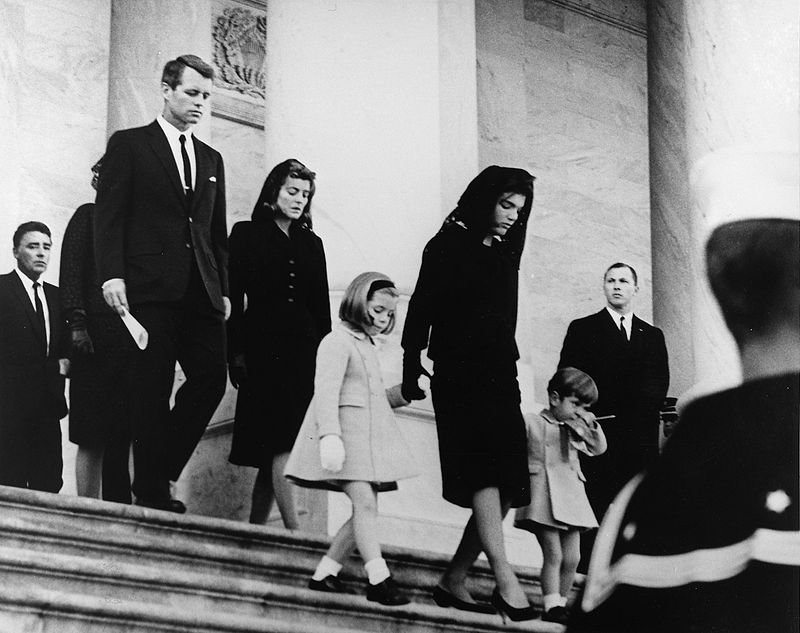
Former First Lady dressed in Givenchy at JFK’s funeral, 1963. Photo: Wikimedia
Later, in 1963, the former US First Lady Jackie Kennedy emerged as another celebrity fan of the designer, wearing a veil and neat black Givenchy suit on the day of her husband, John F. Kennedy’s, funeral in 1963.
Givenchy eventually sold his business to Moet Hennessy-Louis Vuitton in 1988 but continued designing until his retirement in 1995.
Other designers took the business reins after he left, including John Galliano, Alexander McQueen and Riccardo Tisci. His final collection for the Fall/Winter season 1995-1996 ended his celebrated 43-year career. Before the show, he reportedly told his friends: “I’ve stopped making frocks, but not making discoveries. Life is like a book; one has to know when to turn the page.”
At the height of 6ft 6in, Givenchy was a giant of haute couture in every sense. Not only did he physically tower over his peers, but his designs had acolossal effect over the heads of his rivals.
The house of Givenchy paid homage to its founder in a statement as “a major personality of the world of French haute couture and a gentleman who symbolized Parisian chic and elegance for more than half a century. “He revolutionized international fashion with the timelessly stylish looks he created for Audrey Hepburn, his great friend and muse for over 40 years,” the house of Givenchy said. “His work remains as relevant today as it was then.” As the French say, son héritage ne mourra jamais. Even though the world bidthislegendau revoir, hislegacywill live on.

